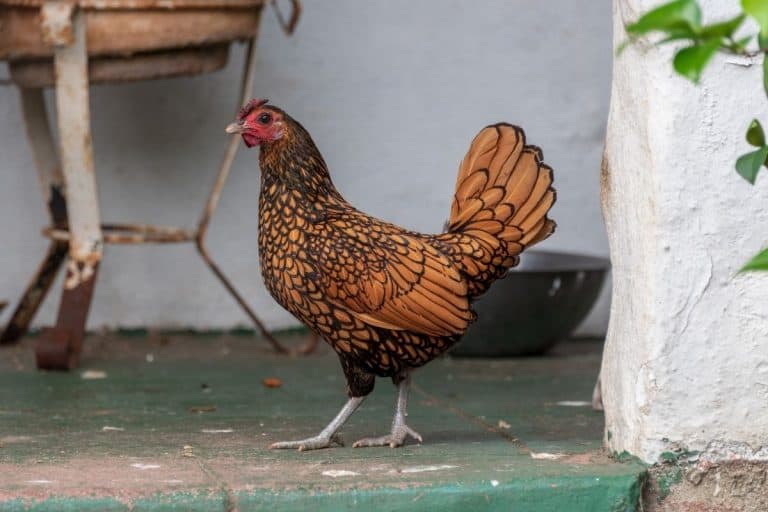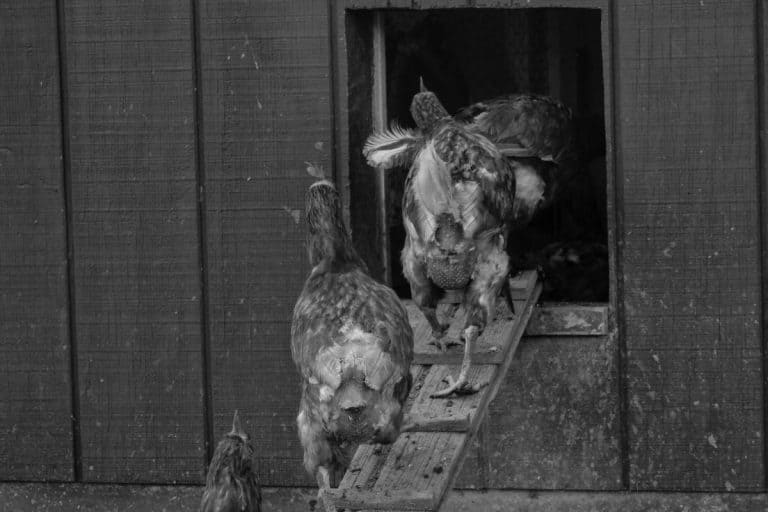Should You Insulate Your Chicken Coop? (Winterizing guide)
A chicken coop should be a place of protection, comfort and warmth. Especially during the winter! Preparing yourself and your chooks for the harsh elements of the colder months can be stressful. While nature gifted our chickens with feathers for their own warmth, the next question is: does the coop have to be insulated as well?
As a general rule, a coop should be well insulated to protect the chickens from extreme cold, frostbite, drafts and moisture. Prepare for the cold months by making repairs to the coop and providing a heat source while maintaining a proper ventilation.
There are many things to consider when preparing your hen house for winter, like what kind of insulation to use, should you increase the amount of bedding in the coop, etc. Over the years, I’ve learned plenty of tips and tricks for winterizing your chicken coop, so have no fear! I’m here to help share some expertise on how you can prepare for the colder months with your chooks.
Hey chicken buddies: Quick heads-up before going further! I've put together a list of stuff I use and love for my flock. If you're curious about what keeps my hens happy, click here to find out.
Should I Insulate My Chicken Coop?
Insulating your coop is only one of the things that MUST be done to “winterize” your hen house. Winterizing is just where you prepare the hen house for the harsh, cold winter months. I make it a habit of winterizing near the beginning of fall because it can sometimes get really cold early in the season where I live.
When preparing for the cold, it is important that you perform these tasks:
- Add insulation if you haven’t already (new insulation if the old is missing parts or wet)
- Block drafts from coming into the coop (use a hardening spray foam to fill in gaps)
- Make repairs to the coop (block holes where small animals can get in)
- Provide a heat source (lights and heat can help encourage egg production)
- Maintain proper ventilation (want to keep stuffiness and ammonia out of the coop)
It is important that you complete these winterizing tasks BEFORE the cold actually strikes. You don’t want to end up behind the eight ball when it comes to keeping your chickens warm and safe from frostbite and other life-threatening winter conditions.
Wait, I have some recommendations for you!
Before you go any further, I want you to take a look at some of the recommendations I've handpicked for you. I think these are essential items you should have for your chickens flock. You can check them out and buy them directly from Amazon.
 | 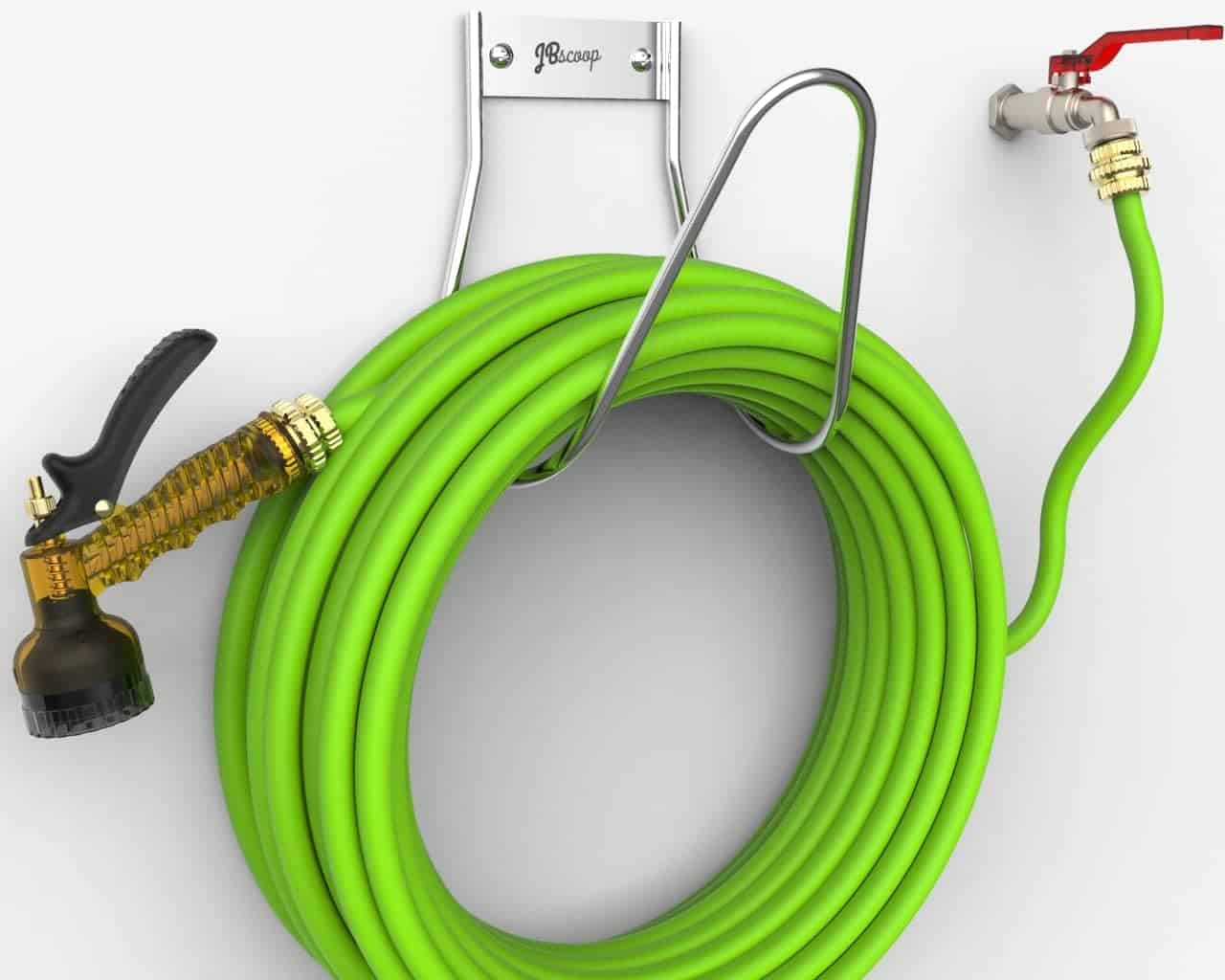 | 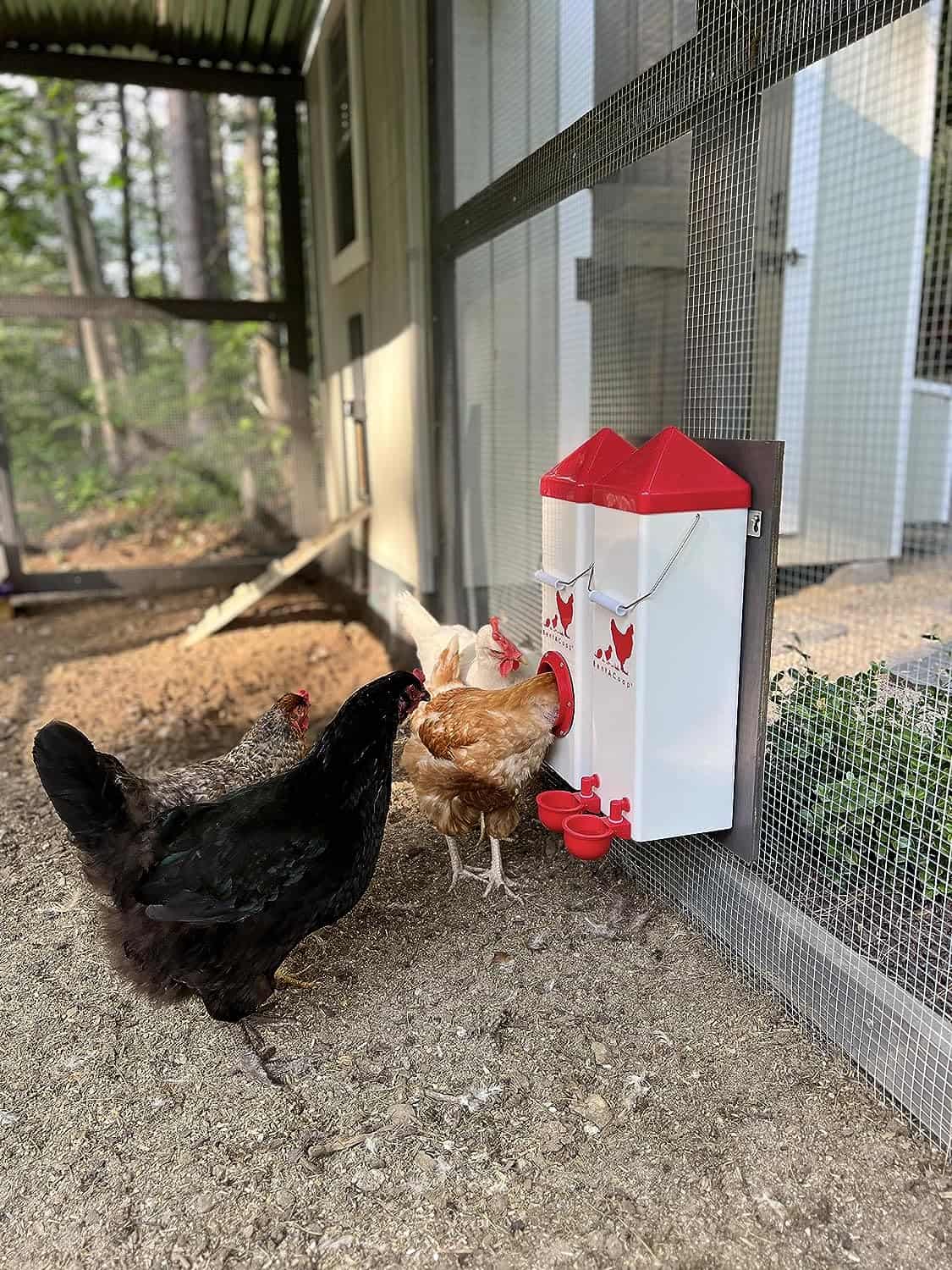 |  |
| Essential accessory for your coop | No more tripping over hoses! | Predator protection made easy | Comfort + style is possible |
What Temperature Is Too Cold For Chickens?
Typically, most chickens will struggle at any temperature below freezing (32℉) and will need extra supplemental warmth and protection from the cold in order to stay healthy and safe.
There are a few breeds that are better suited to the cold such as the Astralorp and the Silkie and they can handle temps closer to 0℉.
How Do I Insulate My Chicken Coop?
You can insulate a chicken coop without too much technical skill and ability.
Many hen houses have four walls, so you simply install whatever insulation material you choose to use along the walls. Much like you would see someone insulating a house.
Sometimes people don’t have a coop capable of insulating the traditional way for one reason or another, so they have to lay blankets or plastic against the walls instead. While this may not be the ideal method, if it works, it works.
What Do I Insulate My Chicken Coop With?
Insulating your chicken coop shouldn’t be too terribly expensive or complicated.
You can use fiberglass insulation that you purchase by the roll at your department store or staple sheets of stacked cardboard against the walls.
I personally prefer to use rolled fiberglass insulation. It’s not very expensive and works great!
My friend went the fancy route and hired a guy to install spray foam insulation, which I thought was just too expensive, but it was nice and warm for her chooks. Sheets of styrofoam can be a cheap and resourceful way of insulating a chicken coop as well.

I’ve seen where some people just lay quilts and tarps over their chicken coop because they couldn’t install insulation on the inside. As this is a method that can work, I feel like it has to be the least effective method of keeping your chooks warm and dry. But whatever works for you is what you should do.
Quick Tip: Always lay a sheet of plywood or drywall over the insulation, the chickens will peck at it and potentially eat it if they have the chance!
Winterizing Your Chicken Coop: Tips And Tricks!
Besides adding insulation, there are many other necessary tasks for winterizing your chicken coop.
Blocking gaps where drafts and animals can get in, providing a heat source and keeping proper ventilation is among the few things that must be done to keep your chooks warm and protected from the elements.
Keeping The Drafts Out Of The Coop
When a chicken is cold, it will puff up its feathers. This creates a pocket of warm air between their body and their feathers, keeping them warm. When there are cold drafts getting into the chicken coop, this disrupts those feathers and causes them to cool off, which we don’t want.
You should inspect the coops walls, windows and doors for any gaps and drafts. If you find any, then simply seal them up with some spray foam or caulk. If for some reason you have to leave a door open, such as the one from the coop to the run, then drape a blanket over the doorway with a gap for the chickens to get in and out.
If it is terribly cold out and actually dangerous, then you should keep the chickens in the coop with the door closed.
Maintaining Ventilation In The Coop
It is important that you understand that there is a difference between ventilation and drafts:
- A draft is an unwanted breeze directed into an area where it affects the chickens adversely.
- Ventilation is where there is constantly circulating air that keeps dust, ammonia and carbon dioxide from staying in the coop.
Ventilation doesn’t need to be anything complicated or costly. Most of the time, all you have to do is drill a few small holes at the top of the wall near the ceiling on opposite sides of the coop. This simple ventilation technique will keep the airflow in the coop cleaner and healthier for your chickens.
Providing A Heat Source In The Coop
Heat sources (for chicks and adults) are a valuable part of your chicken coops accessories. During the wintertime especially, you will want to have something that provides warmth to their days. Many chickens will still get cold, even with decent insulation and bedding.
I want to preface this advice with a lot of warning. DO NOT use heat lamps or brooder lamps. They are extremely dangerous and can easily cause fires, even in the safest of situations. There is nothing more tragic than someone losing their entire flock to a heat lamp fire.
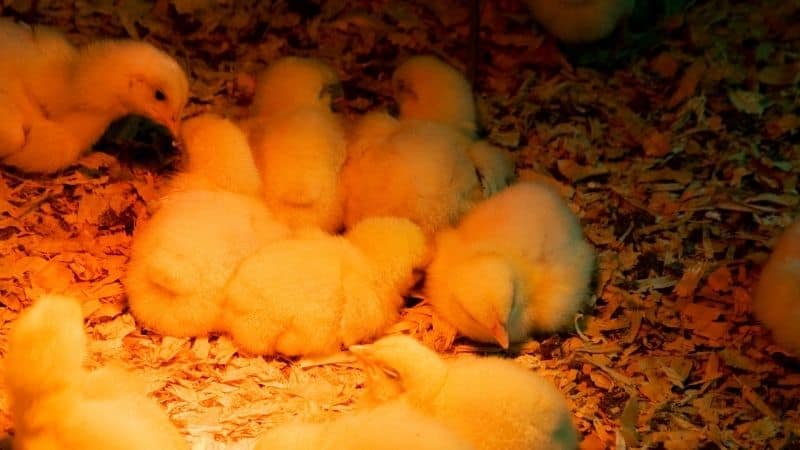
If you want to provide a heat source for your chickens, the safest way is to use a flat panel radiant heater or an oil-filled radiator. For those that require an electrical outlet, you need to also consider what can happen if you have a power failure or outage. These outages are common where I live and always happen a few times each winter.
You will also want to keep your chicken’s water in a heated dog bowl. These are excellent methods for keeping your chook’s water from freezing.
Keeping Chickens Warm With Extra Bedding
Over the years, I have found that providing my chickens with extra bedding can also be very helpful for keeping my hens warm. There is always a large amount of debate in the chicken community about what the best form of bedding is. To me, it is just about personal preference and as long as you keep the bedding clean and free of ammonia then you should be fine.
I prefer to just lay down extra straw for my chickens in the wintertime. I also have a thin layer of sand to try and help with moisture control. I find that I have to spot clean and remove soiled bedding close to twice a week.
Some folks prefer using the deep litter method of bedding, which is great and effective for some, but also comes with its potential issues. If the ammonia content in your coop becomes too high, you will need to clean it out.
Making Repairs
Your coop’s integrity is crucial to the safety and future of your chickens over the winter months. If your coop is not completely up to snuff, your chickens run a risk of being injured by predators, having their eggs eaten or illness from drafts and water.
Again, make sure you perform this inspection and complete any repairs BEFORE the winter arrives.
Keeping Your Chickens Warm In The Winter: Conclusion
Providing warmth and safety to your chickens all year round is your responsibility as a flock owner. So ensuring that your chicken coop is prepared for the potentially harsh conditions of the winter months is crucial as well.
Make sure that you have inspected for damages, insulated efficiently and truly winterized your coop. After all, the hen house should be where your chickens feel the warmest and safest!




